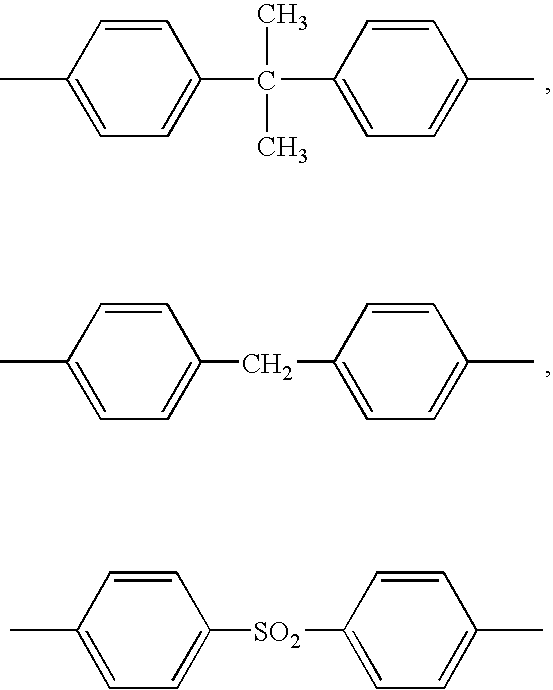Method of purifying organic phosphoric ester
- Summary
- Abstract
- Description
- Claims
- Application Information
AI Technical Summary
Benefits of technology
Problems solved by technology
Method used
Image
Examples
Example
Example
To the crude reaction product of 11.0 t obtained in the above preparation, butylene oxide of 85 kg was added (molar ratio between the crude reaction product and butylene oxide was 1:5 based on the acid value of the crude reaction product) and they were reacted at 120.degree. C. for 2 hours (epoxy treatment).
Then, the reaction mixture was cooled to 85.degree. C., water of 73 kg (0.66 wt % with respect to the crude reaction product) was added thereto and stirred for 2 hours (intermediate treatment).
Further, 0.8 wt % aqueous sodium carbonate solution of 3,000 kg (27.3 wt % with respect to the crude reaction product) was added and stirred at 85.degree. C. for 15 minutes (alkali treatment), and then allowed to stand to separate an oily phase.
The separated oily phase was washed twice with water of 3,100 kg at about 70.degree. C. and subjected to steam distillation at 140.degree. C. / 50 mmHg for 7 hours to remove impurities such as remaining phenol, thereby obtaining a purified produ...
Example
Comparative Example 1
To a crude reaction product of 11.0 t obtained in the same manner as in the above preparation, butylene oxide of 85 kg was added (molar ratio between the crude reaction product and butylene oxide was 1:5 based on the acid value of the crude reaction product) and they were reacted at 120.degree. C. for 2 hours (epoxy treatment).
Then, the reaction mixture was cooled to 85.degree. C., water of 73 kg (0.66 wt % with respect to the crude reaction product) was added and stirred for 2 hours (intermediate treatment).
Subsequently, water of 310 kg at about 85.degree. C. was added and stirred for 1 hour (thermal treatment), and then water of 2,000 kg at about 85.degree. C. was added to separate an oily phase.
The separated oily phase was washed twice with water of 3,100 kg at about 85.degree. C. and subjected to steam distillation at 140.degree. C. / 50 mmHg for 7 hours to remove impurities such as remaining phenol, thereby obtaining a purified product of about 8.8 t (yield: ...
Example
Comparative Example 2 (Japanese Unexamined Patent Publication No. Hei 8(1996)-67685, Example 1)
To a crude reaction product of 11.0 t obtained in the same manner as in the above preparation, propylene oxide of 68 kg was added (molar ratio between the crude reaction product and propylene oxide was 1:5 based on the acid value of the crude reaction product) and they were reacted at 120.degree. C. for 2 hours (epoxy treatment).
Then, the reaction product was cooled to 85.degree. C. and washed with water of 3,100 kg at 85.degree. C. (intermediate treatment).
Then, it was stirred at 140.degree. C. for 30 minutes (thermal treatment), and allowed to stand to separate an oily phase.
The separated oily phase was washed with water of 3,100 kg at about 85.degree. C., moisture was removed by distillation under reduced pressure, and further subjected to steam distillation at 140.degree. C. / 50 mmHg for 4 hours to remove impurities such as remaining phenol, thereby obtaining a purified product of about...
PUM
 Login to View More
Login to View More Abstract
Description
Claims
Application Information
 Login to View More
Login to View More - R&D
- Intellectual Property
- Life Sciences
- Materials
- Tech Scout
- Unparalleled Data Quality
- Higher Quality Content
- 60% Fewer Hallucinations
Browse by: Latest US Patents, China's latest patents, Technical Efficacy Thesaurus, Application Domain, Technology Topic, Popular Technical Reports.
© 2025 PatSnap. All rights reserved.Legal|Privacy policy|Modern Slavery Act Transparency Statement|Sitemap|About US| Contact US: help@patsnap.com



